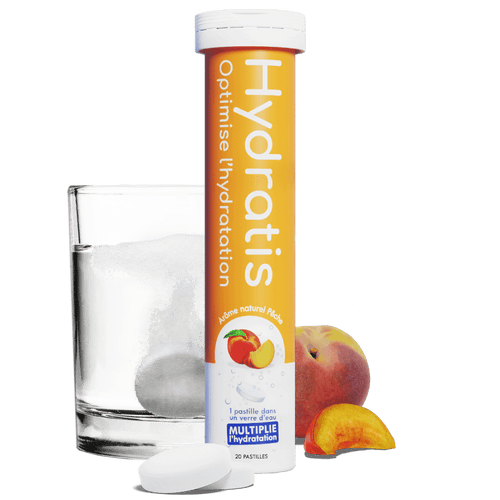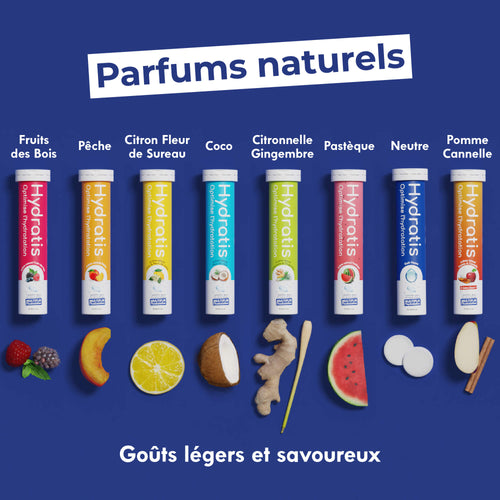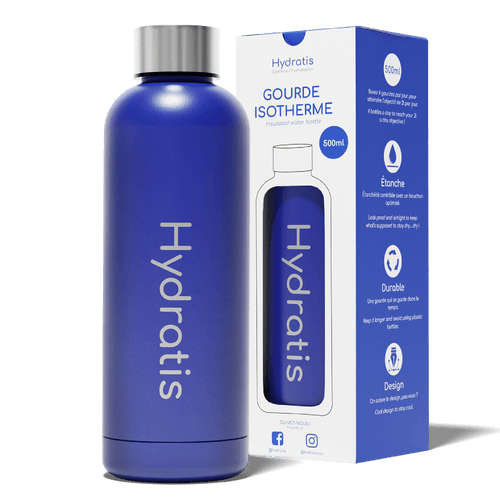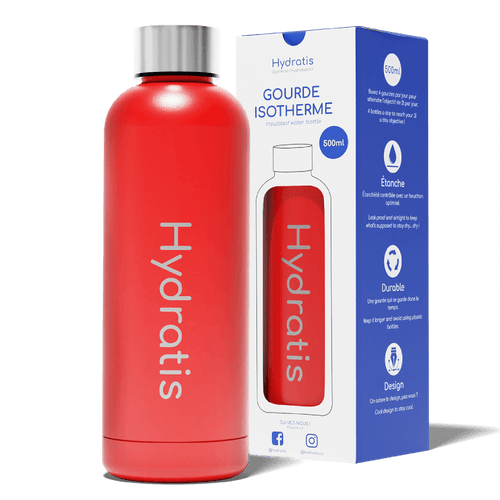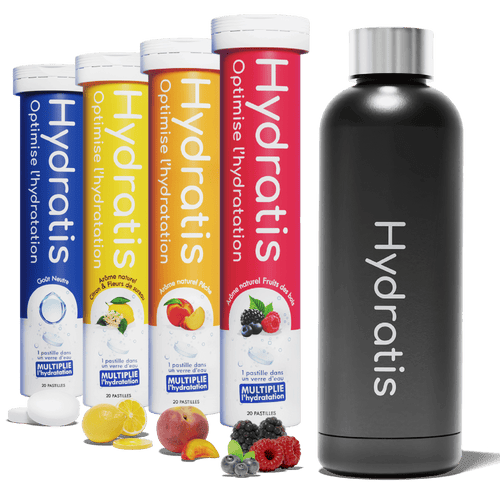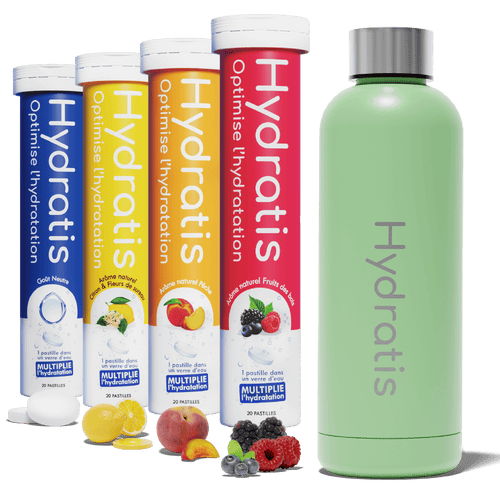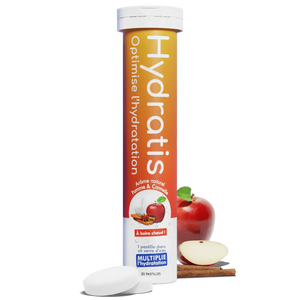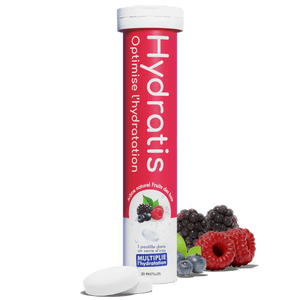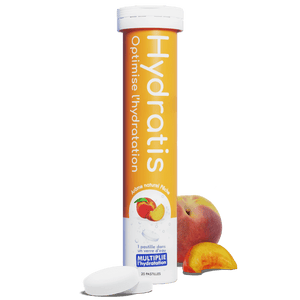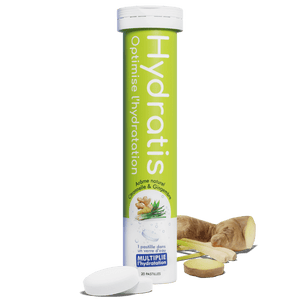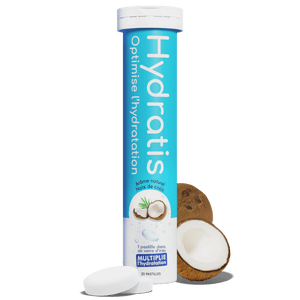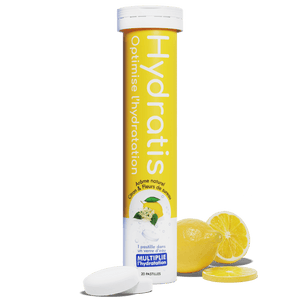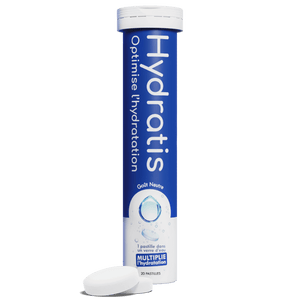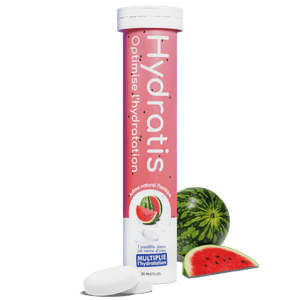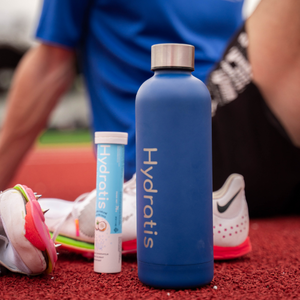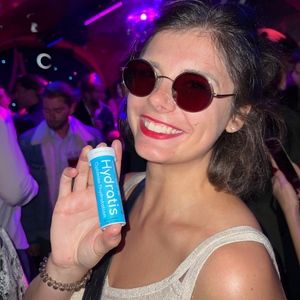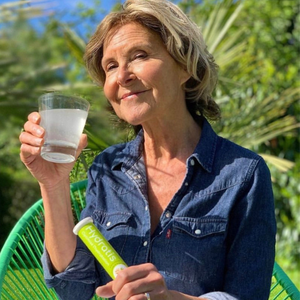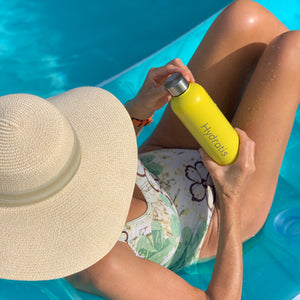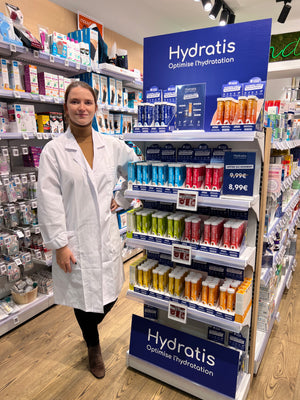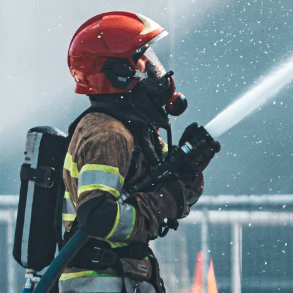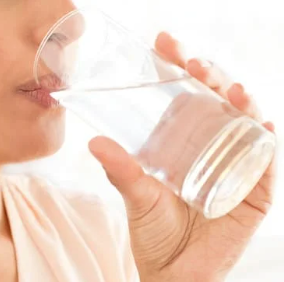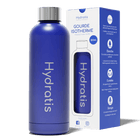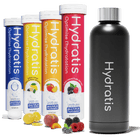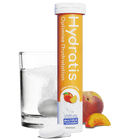
Why should we monitor proper hydration in babies?
The child is not a miniature adult: this is a basic concept in medicine that should not be neglected. Indeed, a baby is still physiologically immature: his needs must therefore be taken into account specifically.
Hydration is an aspect in which the baby is very different from the adult, in this article we will explain to you why and above all how to ensure the good hydration of children in order to ensure their health and oral rehydration solutions (ORS ) available.
The baby: a still immature organism
A newborn is comparable to a sponge: composed of 70 to 75% water, it is therefore highly hydrated, but it also dehydrates very quickly.
This rapid dehydration is due to the fact that the skin is a still immature organ in babies, it is therefore more permeable than the skin of an adult for several reasons:
è At birth, the skin is smooth and wrinkle-free, thin. Over the years, layers of cells will be added to thicken and protect it.
è During the first years of life, the skin is bare, it is only from the age of 2-3 that a hydro-protective film will be installed which will make the skin a little more waterproof.
è The skin surface/weight ratio of an infant being very high, each loss of water will have more marked consequences in these individuals than in adults.
It is therefore necessary to carefully monitor a child's proper hydration : dehydration can appear very quickly and have serious consequences!
The main causes of infant dehydration and the effects of diarrhea:
The two most common situations leading to severe dehydration in infants are as follows:
· Heat : in summer during extreme heat, the child sweats much more than an adult and loses a very significant proportion of water in relation to his weight.
· Various pathologies : acute diarrhea in infants, episodes of gastroenteritis, vomiting.
These pathologies result in a very rapid loss of water in the infant and if rehydration is not done quickly, the emergency can become life-threatening and the child can quickly end up in the pediatric emergency department.
Rehydration is rapid in children under 2 years old and can be fatal within a few hours, which is why you must know how to recognize the signs of dehydration in order to act as quickly as possible. During diarrhea, the oral rehydration solution in sachet form is the most used solution containing sugar, sodium and potassium to replace lost electrolytes and facilitate the absorption of liquids thanks to an isotonic solution.
Signs of dehydration in infants
Here are some tips for spotting dehydration in infants, many of which are physiological signs that are also found in dehydrated adults (for more information on the subject you can consult our article: what are the effects of dehydration? )
The easiest sign to spot is urine production :
· Healthy babies produce a wet diaper every few hours.
· A dehydrated baby will have reduced urine output and will only produce a wet diaper every 4 to 6 hours. You will also notice that the urine has a stronger odor or a darker color than usual, due to the fact that it is less diluted because there is less water in the body.
Significant weight loss can be due to dehydration :
· In case of mild to moderate dehydration, the child's weight loss will be between 3 and 9% of body weight.
· A weight loss of more than 9% of body weight will be a sign of severe dehydration.
The appearance of the fontanels :
They are generally aligned with the rest of the scalp.
· In a mildly to moderately dehydrated infant, slightly sunken or depressed fontanels will be observed.
· An observation of deeply sunken fontanels will be a sign of severe dehydration. (it is also possible to see notable pulsations at the level of the fontanels in this case)
A change in the baby's behavior can also be due to dehydration:
· In the case of mild to moderate dehydration, we may find a child lethargic, apathetic, more irritable than usual.
· Severe dehydration can lead to extreme drowsiness (difficulty waking the baby) but this can lead to loss of consciousness and coma!
Other physiological signs are linked to dehydration:
· The extremities (hands, feet) are cold;
· Very few tears are produced when the baby cries;
· Its mucous membranes are dried, sticky;
· The skin may appear blotchy, mottled;
· You may have an increase in heart rate (tachycardia) with a slowing of the pulse (because there is less volume of blood to send so the heart beats faster to send what is left throughout the body)
The fold test on the child's skin can give clues about its hydration state :
· In a hydrated infant, after gently pinching the skin it immediately returns to normal.
· In a dehydrated infant:
o In the case of mild to moderate dehydration: the skin may take up to 2 seconds to return to normal.
o In the case of severe dehydration: the skin takes more than 2 seconds to normalize or even remains wrinkled.
How to hydrate a toddler
Normally breast milk or infant milk solutions are sufficient to keep the child hydrated, but how can we compensate for water losses if we notice a lack of hydration despite this?
If the mother is breastfeeding: she must increase her own water intake so that there is more in her milk.
In other cases: when the child is fed with infant formula, early milk: if the child does not finish the bottle we can offer a little water but the problem is that infants, very often don't like water.
Some tips to remedy this :
· Before 4 months: Try to get them to drink water, regularly, in small quantities. Place it in the fridge beforehand to make it fresher: it will be better accepted by the baby because the cold reduces pain in the gums.
o Be careful not to give water that is too cold as this could cause diarrhea!
· We can possibly give suitable herbal teas based on fennel or chamomile.
· In extreme cases you can try giving water with a syringe.
You should avoid all sugary drinks before 5-6 months: especially fruit juices.
· From 5-6 months you can start giving pressed fruit juices but not nectars which are too sweet.
· It is still possible, if the child does not accept water, to put a few drops of juice in the bottle.
What about ORS (oral rehydration solution) in cases of infant diarrhea
This is something that you should always have at home: these are preparations rich in bicarbonates, carbohydrates, mineral salts which allow the child to be quickly rehydrated in extreme cases.
It is to be used in case of vomiting or diarrhea: during the first hours, according to the pediatrician's instructions, it will be the only thing to give to the child because it is the only solution that the child will not vomit (if we give water alone, the child will vomit it).
This comes as a powder solution to pour into the bottle of water, once mixed the mixture is colorless.
These rehydration solutions are the equivalent of our Hydratis® tablets which work on the same principle for hydrating adults. We advise breastfeeding mothers to use Hydratis® lozenges to promote hydration after consulting a healthcare professional (doctor or pharmacist).
Regarding the hydration of children, skin hydration should not be neglected: after bathing, use body lotions suitable for the child. Be careful not to give baths that are too hot or too long which could have the effect of dehydrating the child.
